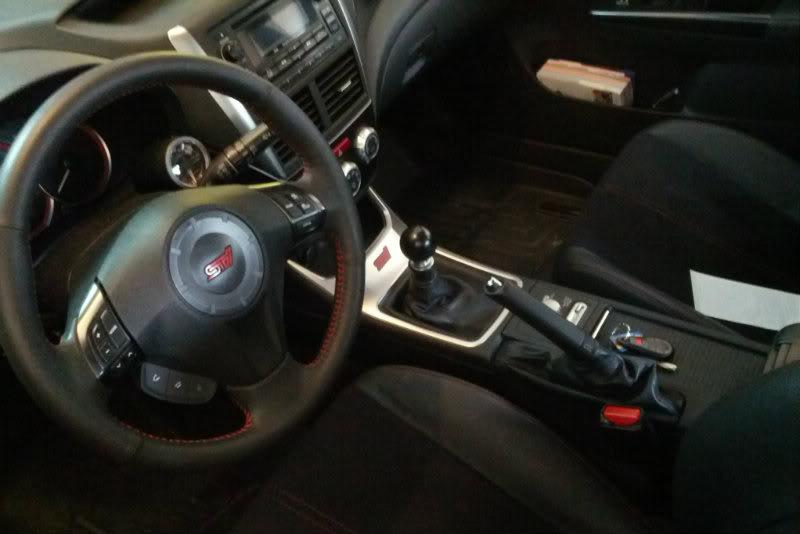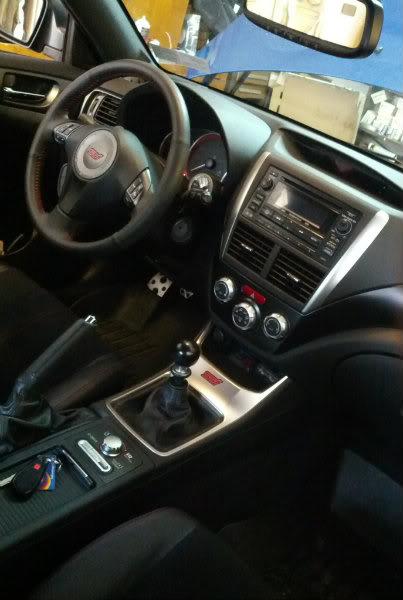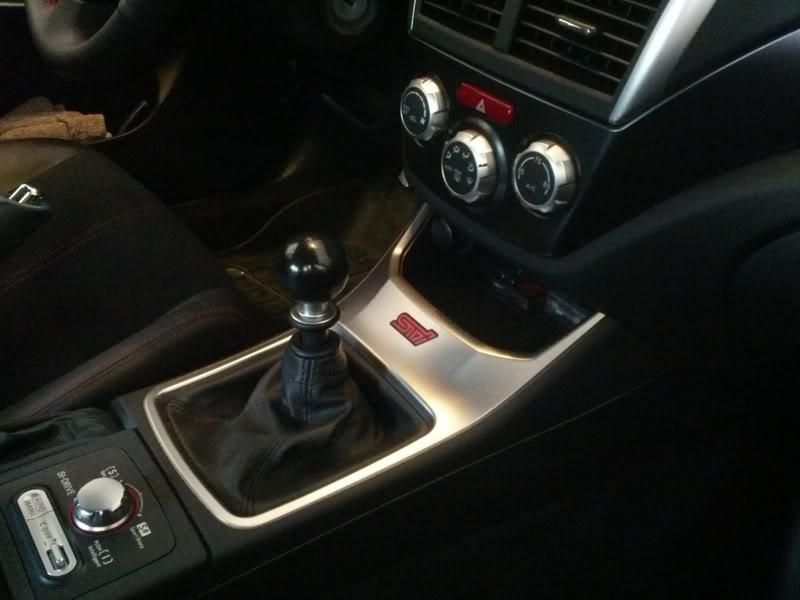You must be logged in to rate content!
2 minute(s) of a 127 minute read
4-28-2012
4-28-2012
Lathewerks SS ball shift knob, weathertech liners, & hella horns
Love the added weight of the stainless steel. Complemented the shorter shifter lever/linkage & stiffer bushings well. Looking back at it, I would have rather gone either heavier/larger, or a lighter material. I'd highly recommend a thick pair of gloves (the wool ones that have a pullover mitten instead of fingers are where it's at) if you are set on it. Also, not too happy with the 'grip' finish I got. I am sure if I call them they will fix it up no questions asked, but it's smoothed out and is actually chipping a bit here and there now. I'd go with a black matte polish next time. Still, great buy in my opinion. Notice it everytime you drive.
Can also see the mats a bit in this one. I did not take weathertech specific pictures. Only grip I have with them is that they don't cover the entire dead pedal - so water runs down it a bit behind the liner. Still a great product for winter, and the fitment on both the front and rears really are great. I may take them out come spring to change it up a bit and go back to fabric, but these are a no brainer for winter.



I don't have any pics of the hellas on hand. I like them. I got them mainly to yell at stupid people. Amazing how many people out there don't know how a four way stop works. Only note is that they are extremely directional. Very loud straight in front (or in a garage.. Could hear the inspection guy yell some nice words) - otherwise oddly quiet off axis. Not a bad buy for the price. Not a huge fan of the looks. I may paint them black if I'm ever motivated to.